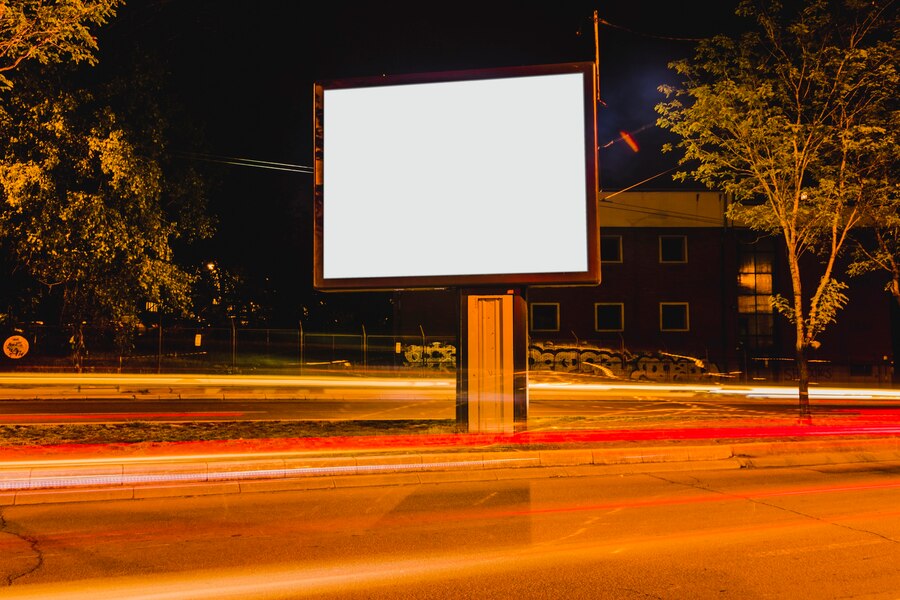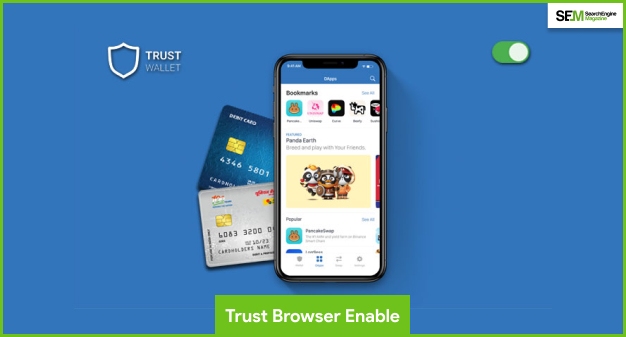How To Know If Someone Blocked You On iMessage? 5 Secret Hacks!
Apr 16, 2025

Apr 16, 2025

Apr 16, 2025

Apr 15, 2025

Apr 11, 2025

Apr 11, 2025

Apr 11, 2025

Apr 08, 2025

Mar 29, 2025
Sorry, but nothing matched your search "". Please try again with some different keywords.


The transformation of outdoor marketing in the apparel and hiking supply sector is a thrilling ride from old-school tactics to cutting-edge digital breakthroughs. Fueled by tech innovations, shifting shopper habits, and a growing demand for tailored efficient advertising, this evolution is reshaping brand promotion.
Using billboards for outdoor brand marketing has existed since the early 19th century. But over time, the advertising industry has evolved, so outdoor marketing companies now have access to a range of solutions that incorporate outdoor advertising with digital marketing strategies, like interactive kiosks and even augmented (AR) and virtual reality (VR) solutions.

At the start of the 20th century, outdoor brands relied primarily on word-of-mouth and print advertising like newspaper ads and product catalogs. Some of the most memorable campaigns from this era include:
During the second half of the 20th century, advertising companies shifted their approach to promoting outdoor brands to reflect the growing interest in environmental conservation and outdoor recreation. While the focus was still on print media, ads incorporated brand storytelling into their campaigns to connect and engage the audience:

At the end of the 20th century, outdoor marketing agencies shifted their approach to reflect the technological trends and priorities of the era. Outdoor brand marketing was characterized by depicting the outdoors as a lifestyle, emphasizing increased environmental consciousness, and highlighting advancing technologies that allowed brands to manufacture more durable products.
Following the turn of the millennium and the widespread adoption of the internet, most brands, including outdoor companies, began adopting digital marketing. The central theme throughout the 2000s and early 2010s was sustainability, building upon the 90s-era environmental consciousness efforts.

As outdoor brand marketing agencies continued expanding their digital advertising efforts, they began integrating advanced technologies and marketing techniques. Viewers became active participants in these advertising efforts through the rise of influencers and user-generated content and the dominance of social media advertising.
Outdoor brands eager to expand their customer base have consistently leveraged the latest tech innovations in marketing, from billboards to multi-pronged digital campaigns. Beyond deepening ties with current customers, emerging technologies open doors to untapped demographics, unlocking fresh engagement possibilities.
Also read
Ankita Tripathy loves to write about food and the Hallyu Wave in particular. During her free time, she enjoys looking at the sky or reading books while sipping a cup of hot coffee. Her favourite niches are food, music, lifestyle, travel, and Korean Pop music and drama.
View all Posts
How To Know If Someone Blocked You On iMessag...
Apr 16, 2025
7 Website Design Mistakes That Are Hurting Yo...
Apr 16, 2025
Programmable Dynamic SEO for Location-Based P...
Apr 15, 2025
Google Boba Game: How To Play This Fun Game B...
Apr 11, 2025
Which Is The Best Video Search Engine Of 2025...
Apr 11, 2025

